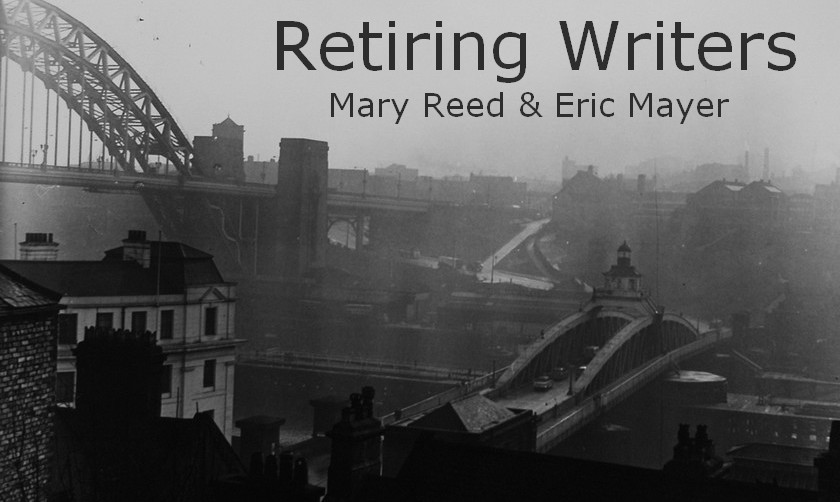Lawrence "Lollie" Blakely, narrator of The Man In Lower Ten, is a partner in the Washington law firm of Blakeley and McKnight. In this novel he describes "the strange events on the Pullman car Ontario, between Washington and Pittsburgh, on the night of September ninth, last".
Blakeley is going to Pittsburgh to take a deposition from John Gilmore, an ailing millionaire and the prosecution's chief witness in a big forgery case. Strictly speaking, it is his partner Richard McKnight's turn to take the journey, but he's cried off, claiming he's "always car sick crossing the mountains." However, the real reason, as Lollie well knows, is McKnight wishes to visit a girl he loves, as on a number of previous weekends.
While Lollie is packing a bag, McKnight drops in to give him certain vital documents relating to the forgery case. During his visit, even before Lollie sets out on his journey, mysteries start to gather. Who is the woman McKnight claims to see staring into Lollie's room from a house across the way, a house that has supposedly been empty a year? McKnight connects this strange event with the documentation Lollie is to carry, and advises him to guard it with every care, for its loss will mean disaster for the prosecution.
So Lollie visits Gilmore's house, where he notices a framed photo of a lovely girl named Alison, Gilmore's granddaughter. Needless to say, this photo makes quite an impression on Lollie. Having obtained Gilmore's deposition, Lollie visits a restaurant for a meal before taking the overnight train back to Washington, and while dining notices a couple whose relationship seems rather strained and that the man is somewhat intoxicated. At the station, he is just about to buy his sleeping berth for the return journey when a woman unknown to him asks him to buy her a lower berth when he purchases his, as she has been traveling in upper berths for three nights.
I would have thought anyone approached by a stranger in this fashion, and especially a lawyer, would consider it somewhat odd, the more so given the social mores of the time. In any event, Lollie being a gentleman obliges. Given the choice of berths, he gives the lady lower eleven and takes lower ten for himself.
However, when he goes to his berth later that evening he finds the man from the restaurant snoring away in it, evidently having mistaken it for his due to his intoxicated condition, and so Lollie instead occupies lower nine. But sleep eludes Lollie, so he is up and about in his jammies and bathrobe while just about everyone else aboard is in the arms of Morpheus. He eventually retires to bed and wakes up next day to find his clothing and bag (wherein is locked the vital legal evidence) missing and the man in lower ten murdered.
Forced to wear the clothing left behind by whoever stole his clobber and due to circumstantial evidence of a convincing nature, Lollie is suspected of the murder. He is saved from arrest by perhaps one of the most outrageous deux ex machina in detective fiction: a train crash in which he and one or two others are the only survivors.
But to be fair, this crash later leads to an important pointer on a line of enquiry in the investigation of the murder, although this pointer is one whose method of appearance rather strains credulity.
Suspected of murder, Lollie (arm is broken in the crash) returns home and finds himself plunged into all manner of strange goings on. With his partner McBride and one or two helpers he tries to find out the who and why of the death, while himself being shadowed by the police and fighting a growing attraction to McBride's light o' love.
The Man In Lower Ten is written in MRR's usual light style but offers a fairly dense plot with an occasional red herring and a large cast of characters bound together in occasionally unexpected ways. Narrator Lollie is not as giddy as some of her protagonists, though there are dollops of humour here and there. Ultimately the mystery is tied up in a satisfactory fashion. I haven't read all the author's works yet, but enjoyed this one, not least because it's a sort of locked room mystery -- but not quite. My eye always lights up when I see plans of houses or rooms or fragments of documents reproduced in the text, and this novel features a sketch of the carriage where the murder was committed although its role is minimal compared to what is revealed in similar diagrams included in, say, Agatha Christie's works.


No comments:
Post a Comment